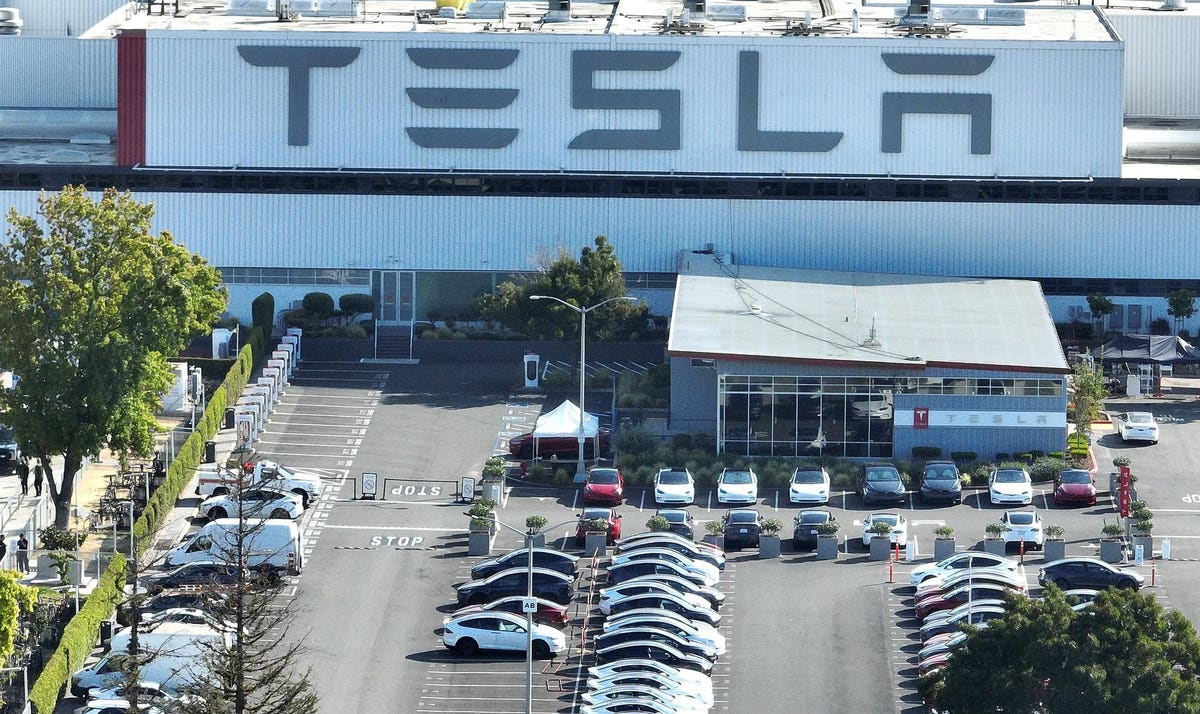The renewable energy sector is poised to see demand surge in the coming years, driven by government incentives and urgency to combat climate change. The biggest tailwind for the green industry comes from the Inflation Reduction Act, which was signed into law in August 2022 and carries about $370 billion in subsidies and credits for clean energy investment. While Tesla
TSLA
We note that TSLA stock has had a Sharpe Ratio of 0.9 since early 2017, which is better than 0.6 for the S&P 500 Index over the same period. This compares with the Sharpe of 1.3 for the Trefis Reinforced Value portfolio. Sharpe is a measure of return per unit of risk, and high-performance portfolios can provide the best of both worlds.
Tesla’s Energy business – which broadly sells solar and energy storage solutions – remains a small fraction of the company’s overall business, with revenue standing at just $3.9 billion in 2022, compared to over $71 billion in automotive revenues. Growth has also been slower than the automotive business, with sales rising at a compounded rate of around 37% over the last three years, compared to over 50% average annual growth in Tesla’s EV sales.
Now the performance of the solar business has been mixed of late. While deployments expanded by 40% in Q1 2023, the company said that it saw a year-over-year decline in deployments to just 66 MW, with the company attributing the slowdown to rising interest rates which are making project financing more expensive. However, Tesla is seeing a lot of traction in the energy storage space. The company has an edge in storage, given that batteries are the heart of EVs, with Tesla seen as a leader of sorts in terms of performance, energy density, and longevity. Tesla’s large-scale battery-storage solutions targeted at commercial installations are called “Megapacks,” while its smaller “Powerwall” storage device is intended for home use. The company said that storage deployments rose by 222% versus last year in Q2 to 3.7 giga-watt hours, as Tesla ramped up production at its first dedicated Megapack factory in Lathrop, CA. The company is looking to scale up production further, as it has announced plans for a new facility in Shanghai as well.
While competition is still in the solar space, we think Tesla has considerable room to scale up in the storage market, as the mix of renewable energy rises as an overall percentage of electricity generation. For perspective, a 2021 study by the Energy Department indicated that solar could account for 40% of electricity generation in the U.S. by 2035, up from less than 5% in 2022.
We currently remain neutral on Tesla stock, with a $263 price estimate, which is slightly ahead of the current market price. We continue to believe that Tesla will remain a big beneficiary of the long-term transition to cleaner transportation and energy generation, with the company benefiting from its well-oiled supply chain, superior battery and drive train tech, and its lead with software and self-driving technology. However, Tesla stock presently trades at 77x forward consensus earnings, which could limit near-term upside. Tesla’s earnings for 2023 are also projected to decline year-over-year as automotive margins face pressure on account of price cuts and contracting gross margins. See our analysis on Tesla Valuation: Is TSLA Stock Expensive Or Cheap? for more details on Tesla’s valuation and how it compares with peers. For more information on Tesla’s business model and revenue trends, check out our dashboard on Tesla Revenue: How Does TSLA Make Money?
Invest with Trefis Market Beating Portfolios
See all Trefis Price Estimates
Read the full article here













Leave a Reply